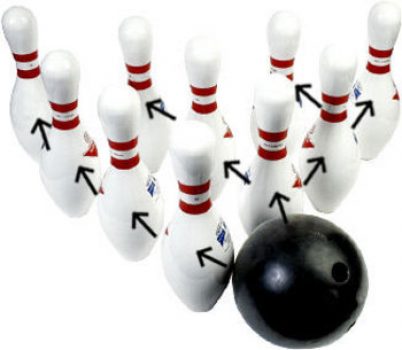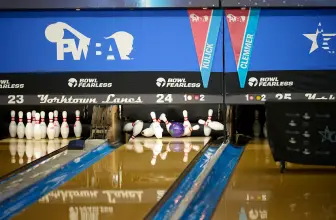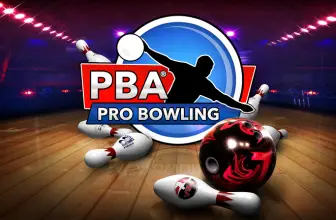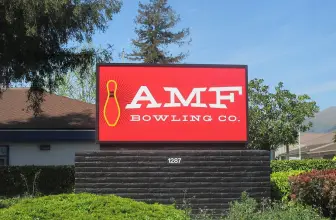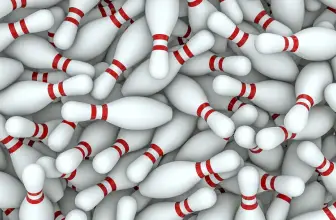Bowling is all about seeing your first ball strike land in the pocket in bowling. This gives you the best chance of scoring.
The pocket is the area between the 1 to 3 pins for right-handed bowers and the 1 to 2 pins lefties. It is also the closest to the “sweet spot” in the game.
However, even though you might like it, a pocket hit doesn’t always translate into a strike.
Even the most stunning shots can leave one or more pins.
Warum is this possible?
The dirty truth is that it’s not as simple as hitting the pocket. In the real world, each pocket shot is different. Let’s take a closer view of what this all means.
Want to skip ahead to a particular section?
How to Find the Bowling Pocket
Learn how do I find the perfect bowling pocket. This is a great way to increase your “strike pot”, convert easy spares, and improve your overall score. All bowlers, newbies, and veterans alike, share the same goal: get the ball in the pocket and score. How do you locate your bowling pocket? Understanding three factors are crucial to reaching this goal.
- Pocket location
- Initial alignment
- Lane adjustments
The pocket’s center lies on the pindeck’s 17.5-footboard. For example, a left-handed bowler might place the pocket on 17.5 counts away from the left edge. The “head pin” spot on the pin deck is located at the 20-board. This is right in the middle of the bowling lanes. Pocket hits are when the bowling ball touches the head pin on one side and the 3 pin on another. For the bowling ball’s best chance of reaching the pocket, the ideal angle of entry should be 30 degrees. The ball travels left to right from right-handed bowlers (right-handed). When it hits the headpin, the ball will not deflect towards the right. Instead, it will continue through the pin formation touching first the 5 pin and then the 9pin. This angle of entry gives you the best chance to strike. High-rev-rate bowlers, those who crank up their bowling ball and hook it often, may notice the ball touch the pin at the 8 pin right after the 5 pin. This is because of the low rev and minimal deflection. Even greater are the chances of a strike.
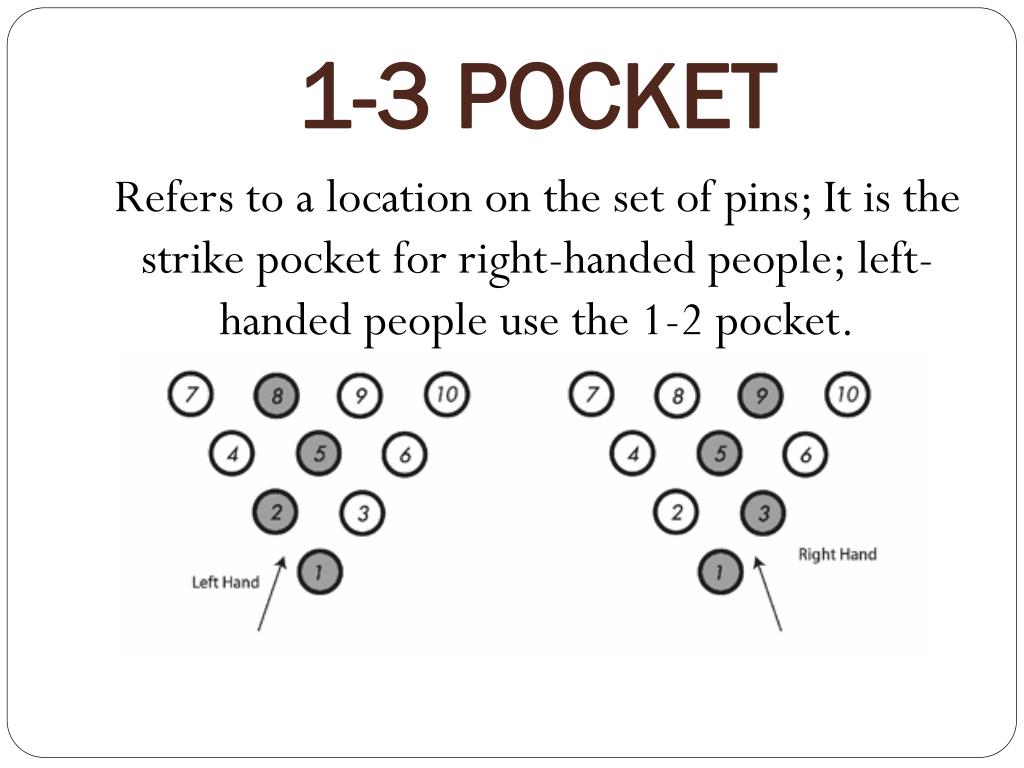
The bowling arrows can be found approximately 15 feet away from the foul line to the pins. They are triangular in form. The “first” arrow is for right-handed bowlers. It is located approximately 5 inches from the edge. The second arrow is located towards the middle of the lane. This is found on the 10 corners of the lane. The opposite problem is for left handed bowlers. The pocket is located 2.5 boards to the left and is exactly on the same board as the head pin (center-arrow) and the five pins of the pin-deck, approximately 60 feet from the foul line.
Bowling centers employ a lane oiling procedure that produces the most oil conditioner between 2nd and 3rd Arrows on each side. The foul line is the point where the bowling ball touches a lane surface. It is located approximately 20 feet from the foul line. Each center has its own oiling process. The 2nd Arrow is the best place to warm up and start your deliveries. If you want to reach the 7 or 10 boards beyond the foul line, you will need to roll straight balls. Continue down the lane until reaching the pocket at 17.5 board. Right-handed bowlers should place their sliding shoes at the instep 5 board from the release point. This is the point where the ball touches the lane surface.
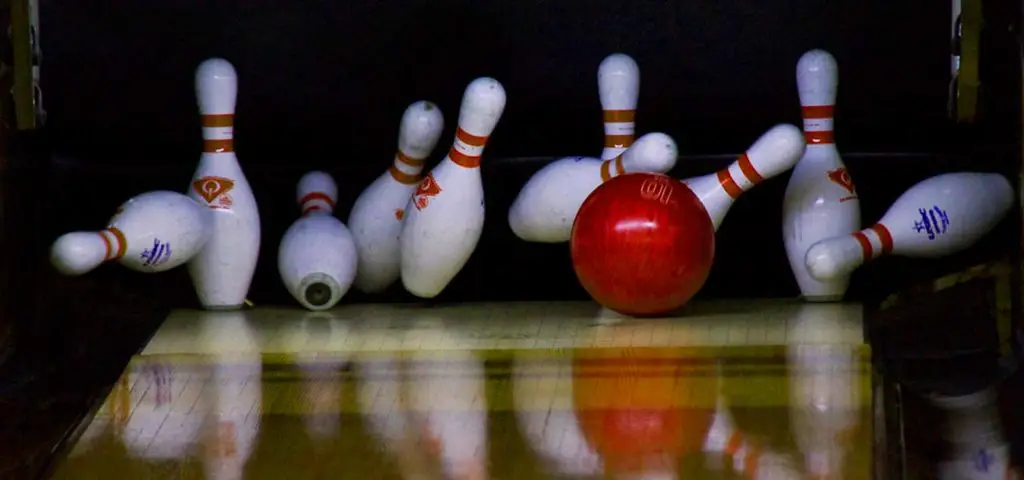
You can use an angle that starts from the left side on the 10 board if you have a slight curve, hook ball delivery or hook ball. This is located at the 13 to 14 boards just above the foul line. Your slide shoe instep should cover the 19 boards and your ball will continue to travel down the lane towards either the 10 or the 2nd Arrow. Your ball will then continue down the lane until it reaches approximately the breakpoint about two-thirds of its way. Finally, you will catch it in the pocket.
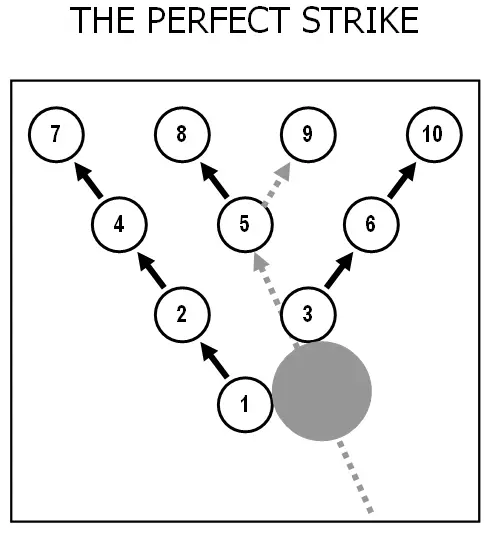
Bowlers who are using “backup balls” or bowlers with very sharp hooking delivery will need to use extreme angles for their 2nd Arrow in order for the ball to reach the pocket.
Adjustments to the initial alignment will be necessary if the ball isn’t delivered in the right direction. Adjust your initial alignment if the oil is too heavy, the ball slides too far, or touches the headpin. If you see the pocket to your left, move to the left. These are general guidelines, but there are always exceptions. You can start aligning your body to hit the pocket by starting at the 2nd arrow in most bowling centers around the globe.
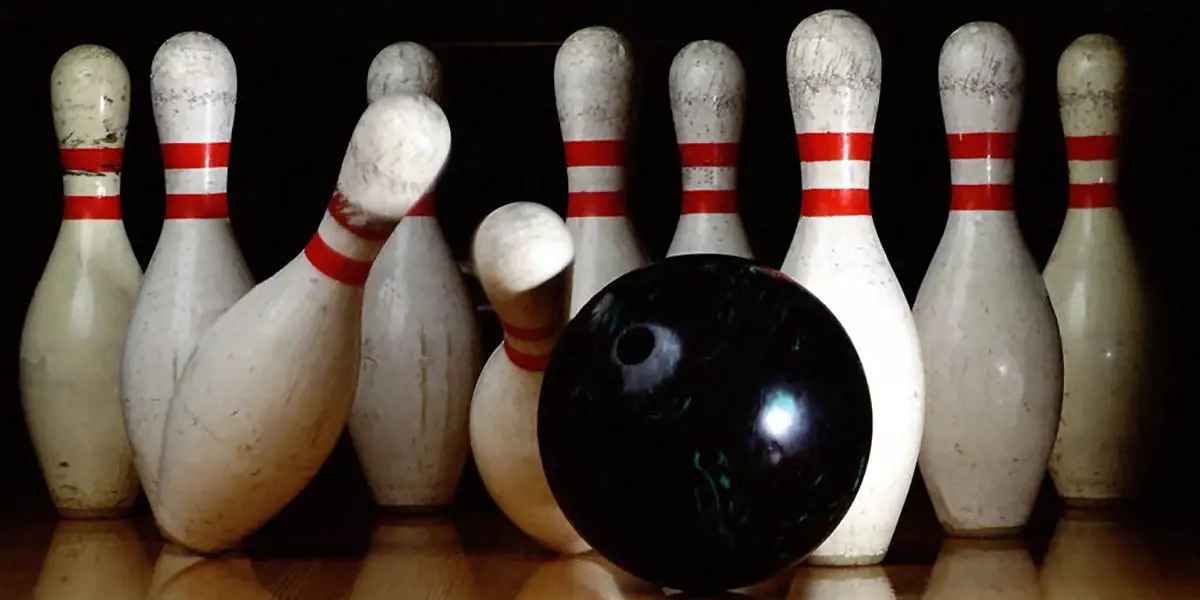
How far you can miss the pocket will depend on where the ball is after rolling it over the second arrow. Parallel adjustment is recommended. This is where you move your feet in one direction while aiming your target on the other. Your feet should be moved to the right by moving two boards. You can move the target one board to your right if the ball is too far from the pocket. This will lower your angle and allow the ball to travel further to the pocket. Adjust the ratio at 2:1 to ensure your ball reaches the pocket. Continue making adjustments at 2:1 until the angle matches oil conditions and the ball reaches the pocket at 17.5 boards.
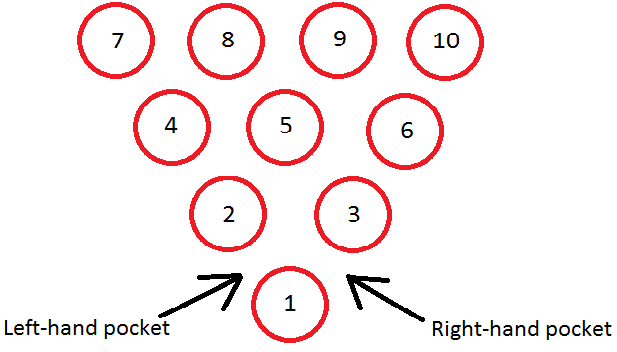
Adjust in the opposite direction if lanes have less oil than normal. You can adjust your alignment by adjusting the boards at 2:1 to match your original position. This will stop your ball from hooking too quickly and cause it to miss your pocket to your left (in the case of right-handed bowlers). Multiple adjustments of 2 to 2 boards (left and right) will allow for you to adjust the angle to your pocket in oily lanes or open the angle towards the breakpoint on dry lanes.
You may need to adjust lane conditions five to ten more times depending on how much heavy oil is used or how dry. You shouldn’t be afraid of making adjustments or focusing on areas that aren’t in your original alignment.
You can make 2:2 adjustments in either direction as a great practice tool. After rolling a few deliveries, you will move to the right side of your original alignment. You will then move in the opposite direction until your target is the 1st or the 2nd arrow. You can also move to the right. Keep making 2:2 adjustments to the board until your target is on the line. Although the ball may not touch the pocket as hard in practice, you’ll soon become more confident with your adjustments and be able to trust them when competing.
How to fix Hitting the Pocket and Losing Pins
You should aim for a solid pocket hit, rather than coming in heavy or light. If you are right-handed, your bowling balls take down the 1, 3, 5, and 9 pins. For left-handed bowlers, the 1, 2, 5, or 8 pins. These are the pins the ball touches directly, while all other pins fall due to impact.
These are just a few of the key adjustments that you can make to make it happen. The first benefit of bowling is with a hook. This increases your angle to enter the pocket and decreases pin reflection.
Simple adjustments to your starting position can help you avoid heavy or light pocket hits. If you are a right-handed player and come in light, move a few boards left. You can also move your starting point a few inches away. You can tweak to keep at the same target. This will help you get your ball out of the oil quicker, which will allow it to enter the pocket at an improved angle.
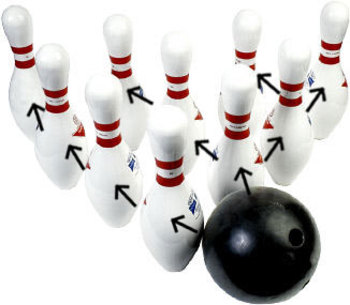
You make the opposite adjustments if your ball comes in heavy. A board or two to the right, and then you move forward. Left-handed bowlers will make the opposite adjustments to their movement. You move in the opposite direction if your ball is coming in light or heavy. However, righties still use the same forward and back adjustments. You want to ensure that your adjustment is not too large. Your pocket hit may be slightly off so you don’t want overcorrecting and running into new problems.
You should also check your ball speed. This can help you overcome a ball that hooks too early. Slower balls may also experience greater deflection on impact, which could lead to pins being left standing.
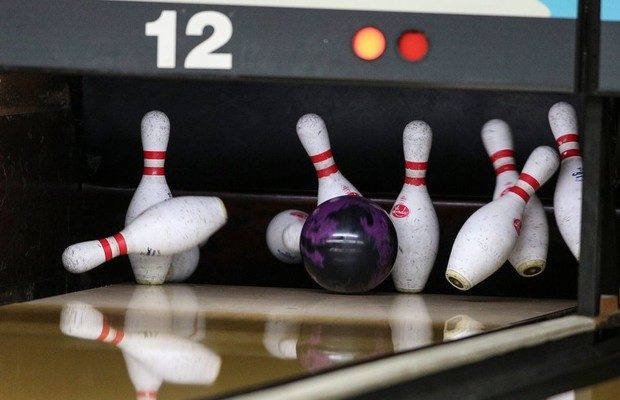
There are several adjustments that you can make to correct a pocket hit that leaves one or more pins. We hope you will be able to make more strikes on the lanes now that you are familiar with light and heavy pocket shots.
Strange things can and will occur when a round ball hits 10 pins. Even with all these considerations and adjustments, it is not uncommon for a solid pocket hit to leave a pin standing. This phenomenon is sometimes called a “tap.” You should practice your spares so you can grab them easily on those rare occasions you don’t get a strike.
High vs. Low vs. Solid Pocket Hits
We can first break down the concept behind the pocket hit into smaller categories. Your shot can be high or lightweight. This affects the pin carrier of your shot, which ultimately determines how many are dropped. What does this all mean?
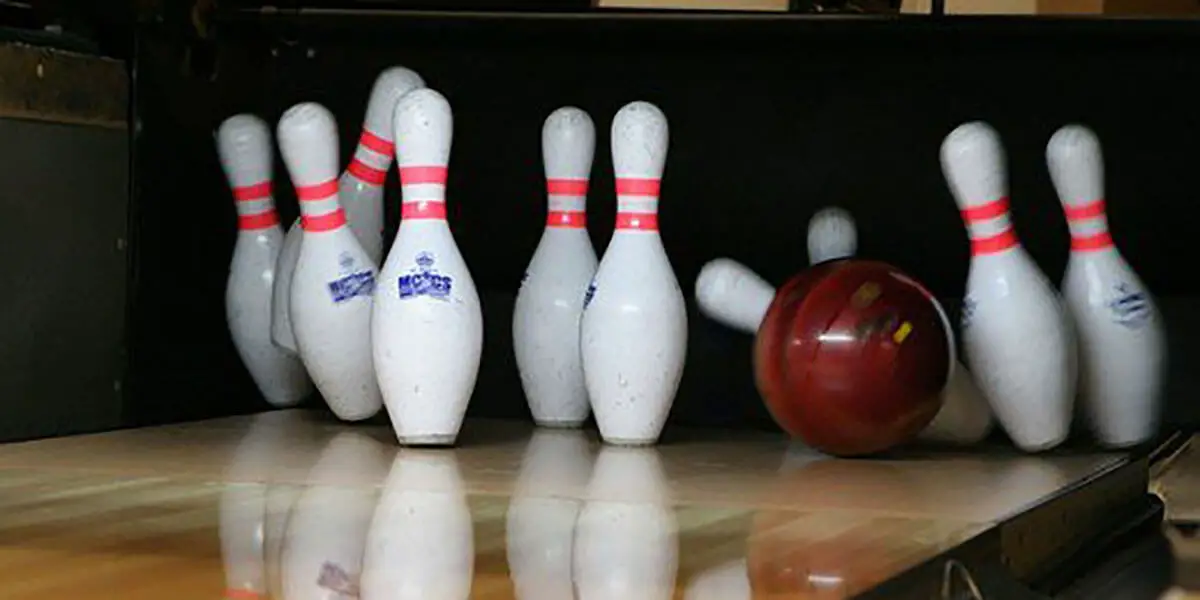
A BowlingBall.com article clearly defines the two types of pocket hits. The head pin hits the 5pin and the bowling balls leave the Pin Deck at the 8 pins.
Five Reasons Why A Pocket Hit Isn’t a Strike
One caveat: I hadn’t read Slowinski’s article in February 2010 BTM prior to posting this. I have not had the time to go through it due to tax season, but it looks worth a quick glance. You should also check out the slomo solid video and the slomo strike video that I replied with. Slowinski’s “strike” diagram seems to support my analyses. But please let me know your thoughts.
A pocket hit is not possible for any of the following reasons: 1) Ball is too weak, 2) Ball is too strong, 3) Carrydown, and 5) Bad rack (off-spot or missing pin, damaged pin). Except for #5 (“Bad Rack”), any shot that fails to strike is down to the entry angle. Let me clarify: A pocket-hit is a ball that touches the head pin and is on board 18 R or L. Let me now go over each issue one at a time.
1. BALL IS WAY TO “WEAK”
This basically means that the ball’s energy/action cannot resist being displaced by the entry angle. In this context, deflection is simply one object ricocheting off of another. A weak ball won’t “drive”, the pocket, and often leaves corner-pins. This is what gives rise to “No Drive, No Five,” which means not carrying the 5 pins.
2. BALL IS WAY TOO “STRONG”
It could be a ball that hits the pocket or a ball that “rolls out”. Pocket-splits can often be caused by a ball that’s too strong. This is due to the insufficient angles at which the 5 and 6 pins leave the pin deck. The 5 pins should take out the 8 and 9, while the 4/6 should take out 7/10 (no, the headpin is not).
3 . INCORRECT Entry Angle
There is an angle that gives you the best chance of striking for every ball, every rack, and every bowler. A different angle of entry can and will carry and strike for any of the 4 reasons listed above. A ball that hooks through will typically strike at a lower angle than a ball with weaker angles.
4. CARRYDOWN
Reactive balls absorb more oil than those that are not reactive. This is a much less problem now. Rolling on a heavy-oiled pattern will add more oil to the ball, increasing the possibility of significant oil accumulation in the pocket. Long oil patterns might also cause oil to seep into the pocket, but it is unlikely to be substantial. However, you will have more carry down if there are non-reactive bowlers. These balls don’t flare as much and don’t absorb much oil.
5. BAD RUCK
It is unlikely, but there are usually no excuses because the USBC rules allow for you to re-rack bad racks. Some words of caution: Re-racking a bad rack is against the rules. Refer to the rulebook for more information. In fact, I haven’t seen a bad rack (aside from a missing or broken pin) for at least three years. This is not enough to keep the league running.
Anybody with suggestions for correcting any of these 5 reasons (or anyone who might disagree or have more knowledge) is welcome to comment.
How To Find Pocket in Bowling And to Fix Hitting F.A.Q.
- Where is the pocket located bowling?
The strike pocket is located between the 1 to 2 pins for left-handers, and the 1 to 3 pins for right-handers. Repeated strikes will be possible if you hit the pocket consistently with the correct amount of speed. You only need to hit four pins.
